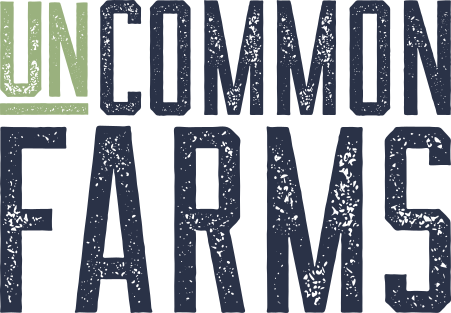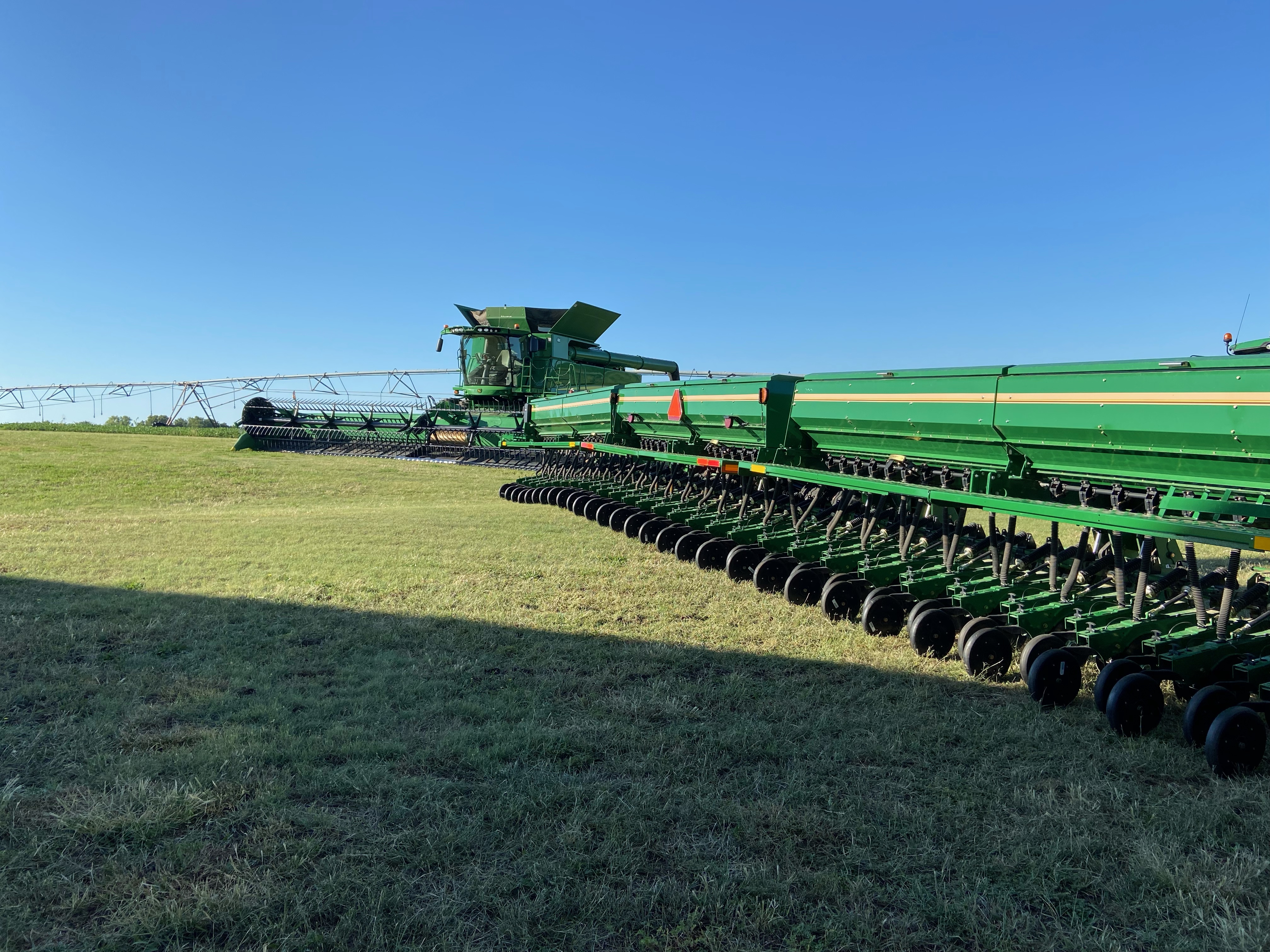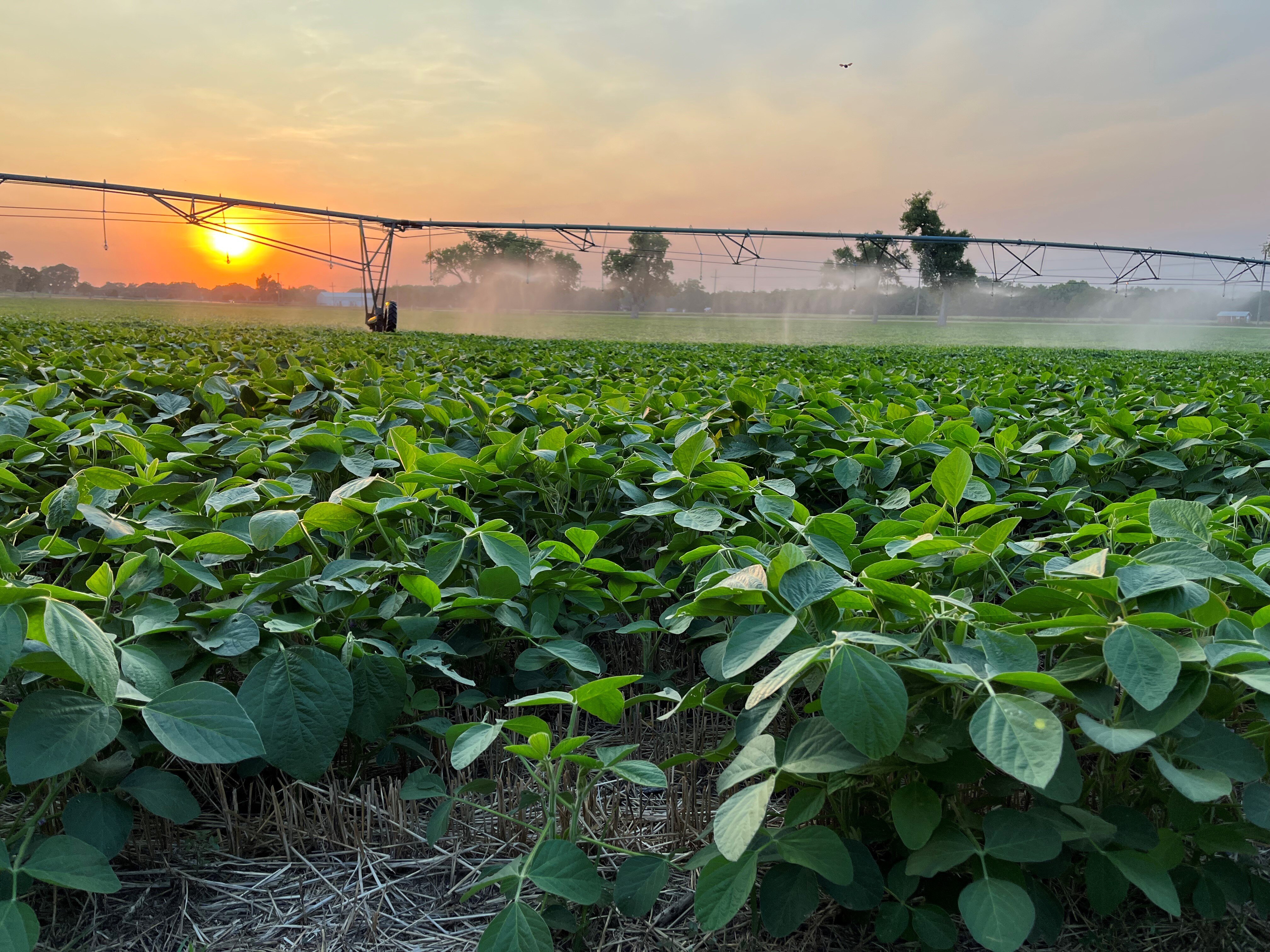When buying or selling farmland, understanding how capital gains and the calculation of an asset's basis can impact your taxes is crucial. This article explores the basics of determining an asset’s basis, how it can change over time, and what these changes mean for your farm taxes.
Calculating the basis of an asset
When as asset is purchased, the basis of that asset is the purchase price. In the case of inherited assets, the basis for the recipient is the fair market value of the asset on the donor’s date of death. Appraisals are required. If a married couple jointly owns assets, the surviving spouse has a basis that is half of the original amount paid plus half of the fair market value of the total property (stepped-up basis). When assets are gifted during the donor’s lifetime, the original owner’s basis remains.
Basis can change over time
Regardless of how original basis is figured, basis can change over time. Certain non-depreciable expenses are added to basis rather than being currently deducted. Certain landscaping and terracing expenses, for example, increase basis rather than lowering income in the current year. Some types of income are subtracted from basis rather than being taxed at the time of receipt, including certain kinds of easements. Depreciation also lowers basis.
In our example from Part 1 of this series on buying and selling land, Distinct Assets,
- 20 tillable acres - $220,000 purchase price
- 12 acres brush - $36,000 purchase price plus cost to clear land (not allowed as a current deduction)
- 12 acres woods - $80,000 purchase price
- 5 acre yard - $5,000 purchase price plus $5,000 purchase price of barn plus any expense to tear down the barn and bring the land back to its original state
- 1 acre yard - $5,000 purchase price, if the house is sold this amount is added to the house
Allen’s buildings include:
- house to be sold or rented - $75,000 purchase price plus any expenses for renovation
- farm-use house - $20,000 plus any expenses for renovation (itemized for depreciation)
- old barn - $0 (torn down, basis added to land basis)
- machine shed - $10,000 purchase price
- large silo - $2,000 purchase price
- small silo - $1,000 purchase price
The purchase agreement between Allen and the seller also includes $16,000 for standing crops ($4 per bushel, 200 bushels per acre, 20 acres). When the crop is sold it would be reported on schedule F line 1a and the $16,000 allocated to the standing crops would be reported on line 1b. The seller would report the $16,000 on line 2 of schedule F.
Other farm assets to consider
Other farm assets might include a water well, oil, well, mineral rights, timber, or any number of things. Share as much information with your preparer as possible, so we can make the adjustments needed. If a sale is above fair market value, it is likely that a part of the sale will be considered goodwill, triggering that additional reporting form for both buyer and seller.
The important take-away for a tax-payer
Any sale or purchase, especially one that involves significant money should be discussed in the early stages of the sale with a trusted tax advisor. If we know before the sale is final, we might be able to make a real difference in the taxability of that sale. We have options available in the code and we have tools that can be used to help.
Properly applying tax law could mean lower taxes for farmers. Let us take a look at your return to make sure you’ve taken all of the available deductions, credits and extra options available for farmers. Learn more about our tax services.


.png)
